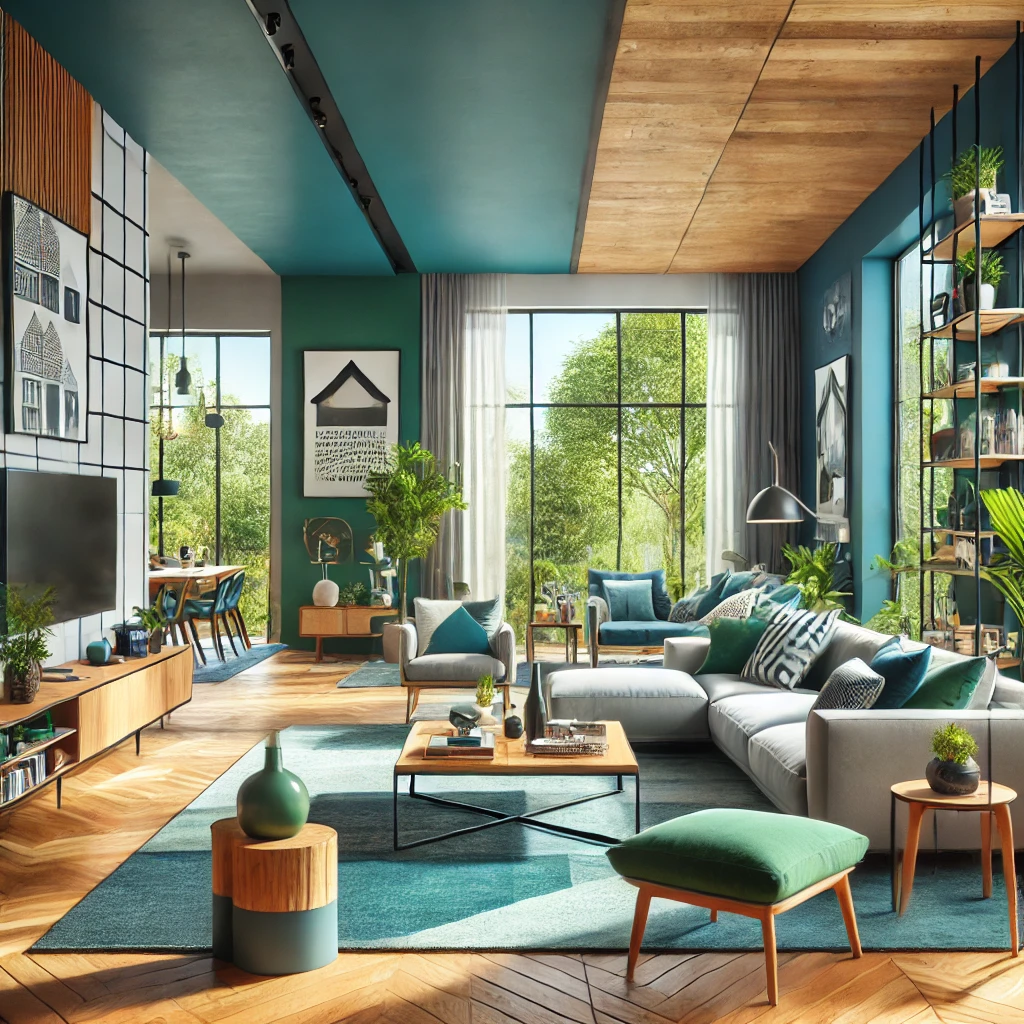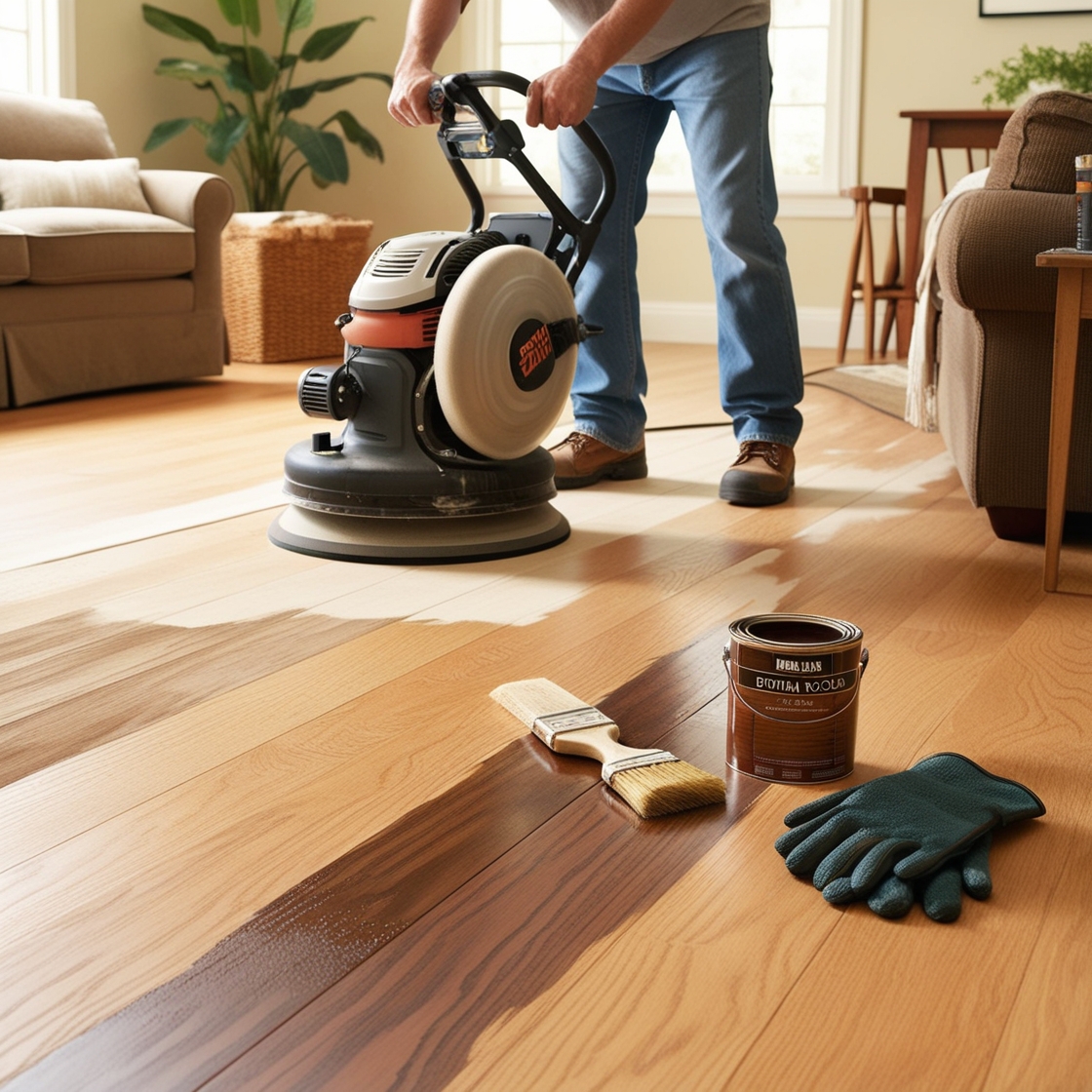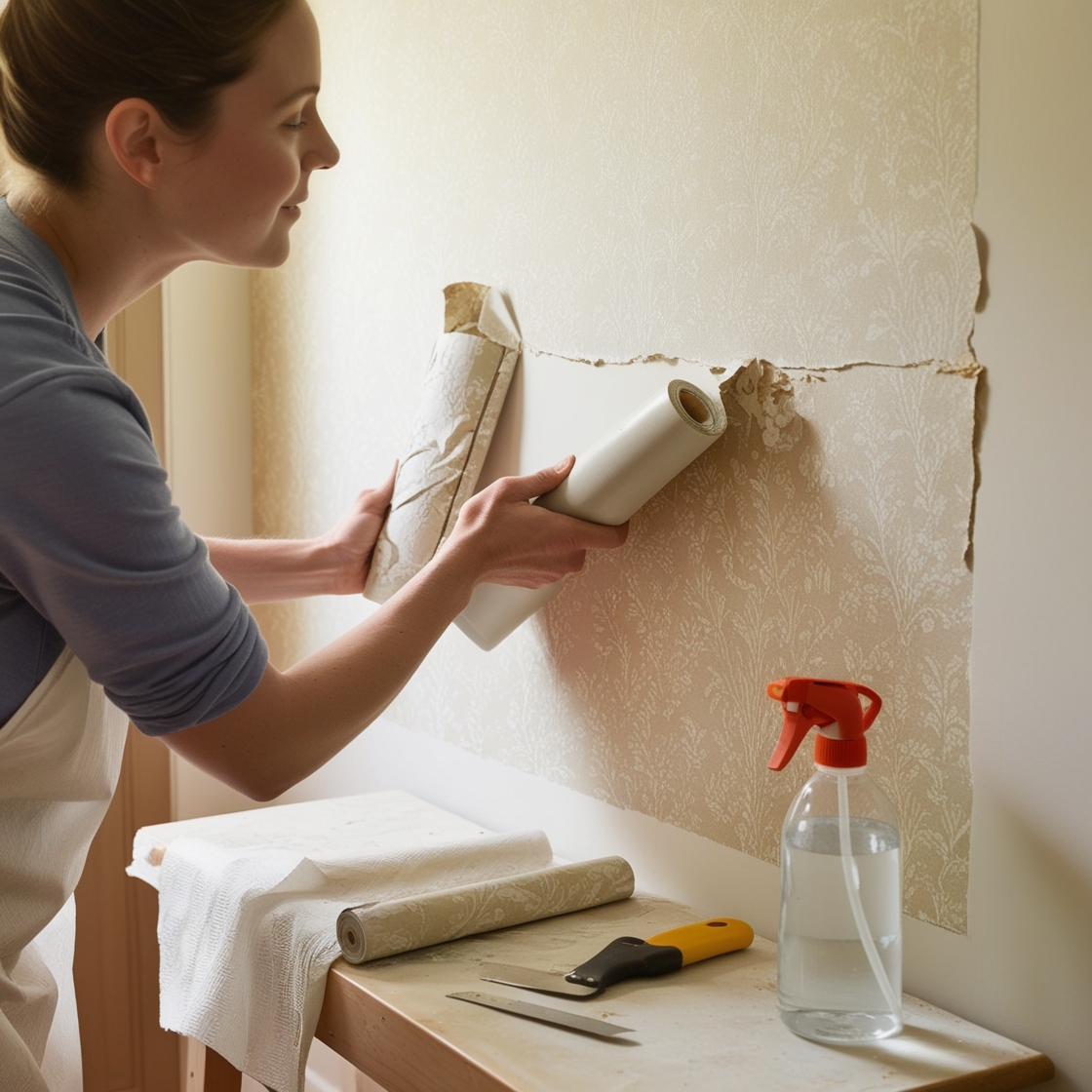
What are the latest trends in home renovation for 2024?
As we step into 2024, the landscape of home renovation is evolving rapidly. The fusion of technology, sustainability, and design has led to a new wave of trends that are shaping the way we remodel and upgrade our homes. Whether you’re planning a major renovation or a subtle update, being aware of the latest trends can help you make informed decisions that enhance both the aesthetics and value of your home. In this comprehensive guide, we’ll explore the hottest home renovation trends of 2024, focusing on sustainability, smart home integration, wellness-inspired spaces, and more.
1. Sustainability Takes Center Stage
Sustainability continues to be a driving force in home renovation in 2024. Homeowners are increasingly prioritizing eco-friendly materials and energy-efficient systems that reduce their carbon footprint and utility bills.
- Sustainable Materials: Natural and recycled materials are in high demand. Reclaimed wood, bamboo, and recycled glass are popular choices for flooring, countertops, and cabinetry. These materials not only contribute to a rustic or modern aesthetic but also support environmental conservation efforts.
- Energy Efficiency: The integration of energy-efficient appliances, LED lighting, and smart thermostats has become a standard in modern homes. Solar panels and home batteries are also gaining popularity as more homeowners aim for energy independence and lower energy costs.
- Water Conservation: Water-saving fixtures, such as low-flow faucets, dual-flush toilets, and rainwater harvesting systems, are essential for eco-conscious homeowners. These innovations help conserve water and reduce utility bills.
2. Smart Home Integration
The rise of smart technology is transforming homes into automated, efficient, and secure spaces. In 2024, smart home integration is no longer a luxury but a standard feature in home renovation projects.
- Smart Security Systems: Modern security systems offer more than just alarms. They include features like video doorbells, smart locks, and integrated surveillance cameras that can be monitored remotely via smartphones.
- Home Automation: Homeowners are embracing automation systems that control lighting, heating, and cooling, as well as entertainment systems. Voice-activated assistants like Amazon Alexa and Google Home are becoming central hubs for managing these smart devices.
- Energy Management: Smart thermostats, such as Nest and Ecobee, learn homeowners’ routines and adjust temperatures accordingly, optimizing energy usage. Additionally, smart lighting systems can be programmed to reduce energy consumption by automatically dimming or turning off when not in use.
3. Wellness-Inspired Spaces
As the importance of mental and physical well-being grows, homeowners are designing spaces that promote relaxation, health, and mindfulness.
- Home Gyms: With the rise of at-home fitness routines, home gyms are becoming more sophisticated. Homeowners are investing in multifunctional fitness equipment, mirrored walls, and high-tech flooring that enhances the workout experience.
- Spa-Like Bathrooms: Bathrooms are being transformed into luxurious spa-like retreats. Features such as rainfall showers, freestanding bathtubs, steam rooms, and underfloor heating create a sanctuary for relaxation and rejuvenation.
- Biophilic Design: Bringing the outdoors in is a trend that continues to grow. Biophilic design incorporates natural elements like indoor plants, natural light, and water features to create a calming and refreshing environment.
4. Multifunctional Spaces
The concept of multifunctional spaces is more relevant than ever, particularly in smaller homes or urban settings where space is limited.
- Flexible Rooms: Rooms that can serve multiple purposes are in high demand. Home offices that double as guest bedrooms, dining rooms that convert into workspaces, and living rooms with hidden storage solutions are just a few examples of how homeowners are maximizing space.
- Convertible Furniture: Furniture that can adapt to different needs is becoming increasingly popular. Think of sofa beds, extendable dining tables, and wall-mounted desks that save space and add functionality to any room.
- Outdoor Living Spaces: Patios, decks, and gardens are being transformed into outdoor living spaces that function as extensions of the home. Outdoor kitchens, fireplaces, and comfortable seating areas make these spaces perfect for entertaining or relaxing.
5. Bold Colors and Personalized Aesthetics
In 2024, bold colors and personalized aesthetics are making a strong comeback. Homeowners are moving away from neutral palettes and opting for vibrant, expressive designs that reflect their personalities.
- Bold Colors: Rich, saturated hues such as deep blues, emerald greens, and burnt oranges are making their way into living rooms, kitchens, and bedrooms. These colors add warmth and character to any space.
- Personalized Decor: Customization is key in 2024. Homeowners are investing in bespoke furniture, artwork, and decor that reflect their unique tastes and preferences. This trend is all about creating spaces that feel truly personal and one-of-a-kind.
- Mixed Textures and Patterns: Mixing different textures and patterns is another trend gaining momentum. Combining materials like velvet, leather, and metal, or mixing geometric patterns with florals, adds depth and interest to any room.
6. Focus on Natural Light
Natural light is being prioritized in home renovations, with homeowners seeking to maximize daylight and create bright, airy spaces.
- Larger Windows: Expanding window sizes or adding new windows is a popular way to increase natural light in a home. Floor-to-ceiling windows, in particular, create a seamless connection between indoor and outdoor spaces.
- Skylights and Sun Tunnels: Skylights and sun tunnels are being used to bring light into previously dark areas of the home, such as hallways, bathrooms, and kitchens. These features not only brighten spaces but also add architectural interest.
- Glass Doors and Partitions: Glass doors and partitions are being used to separate rooms without sacrificing light. They allow light to flow freely throughout the home, creating an open and spacious feel.



